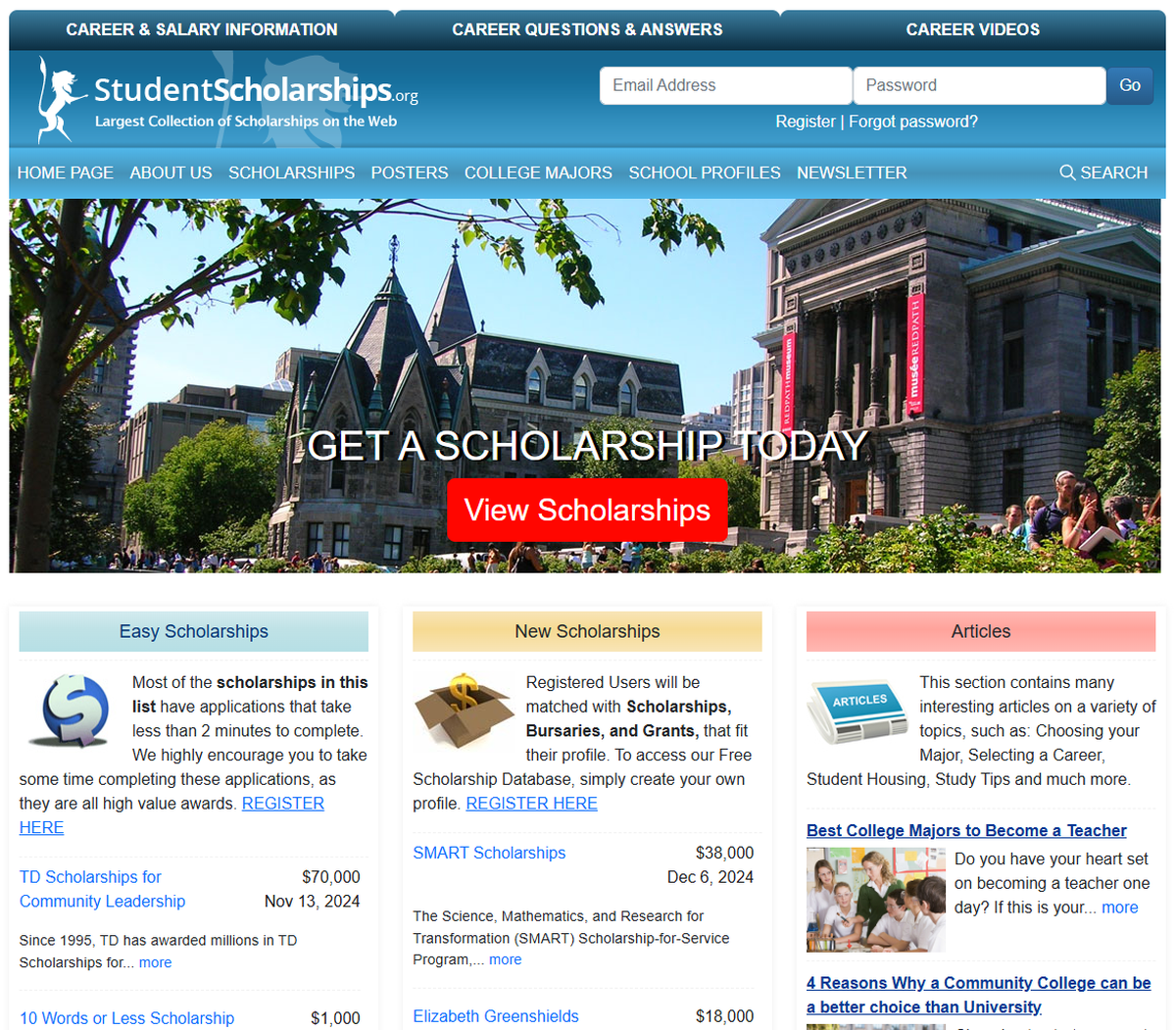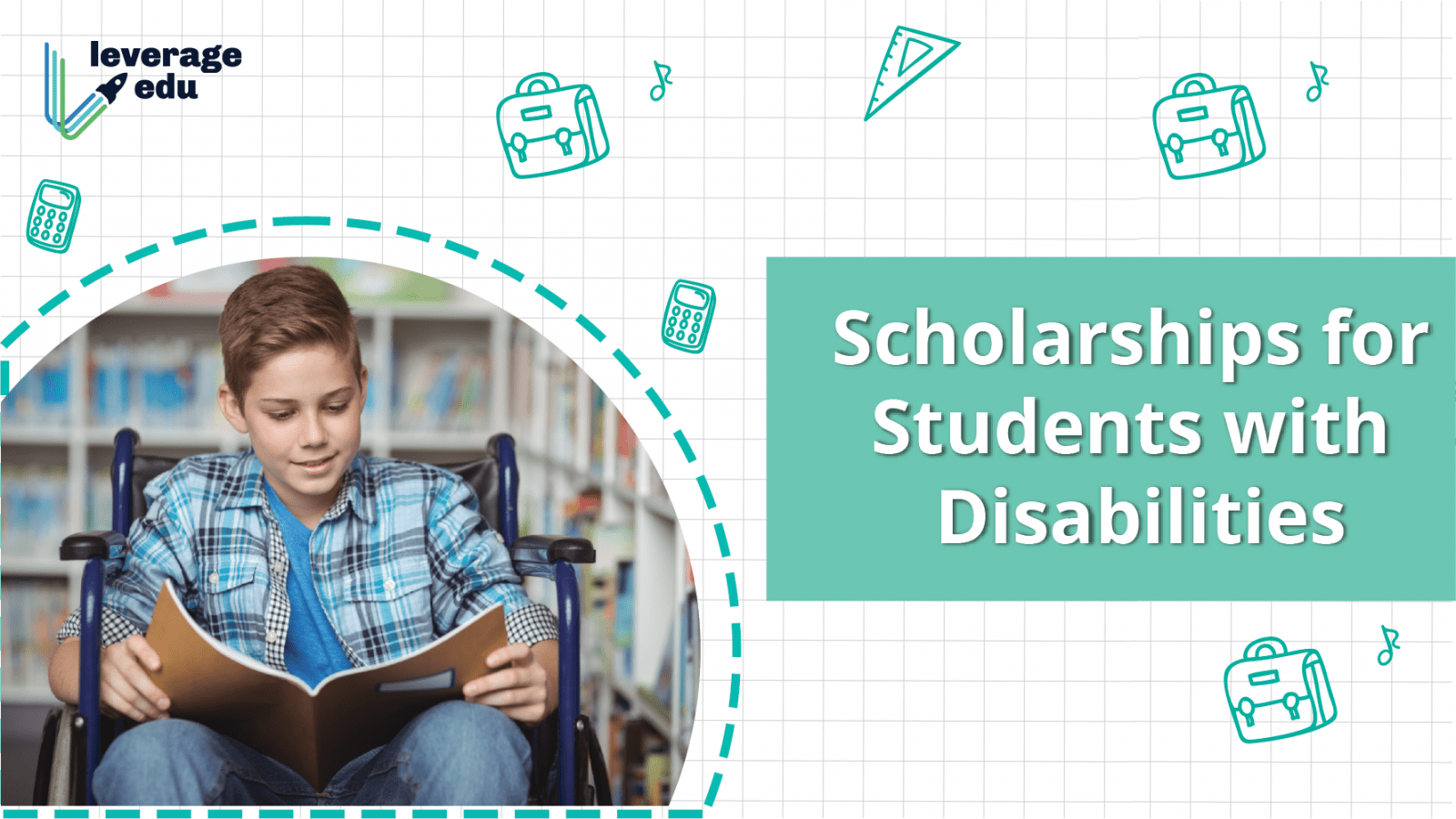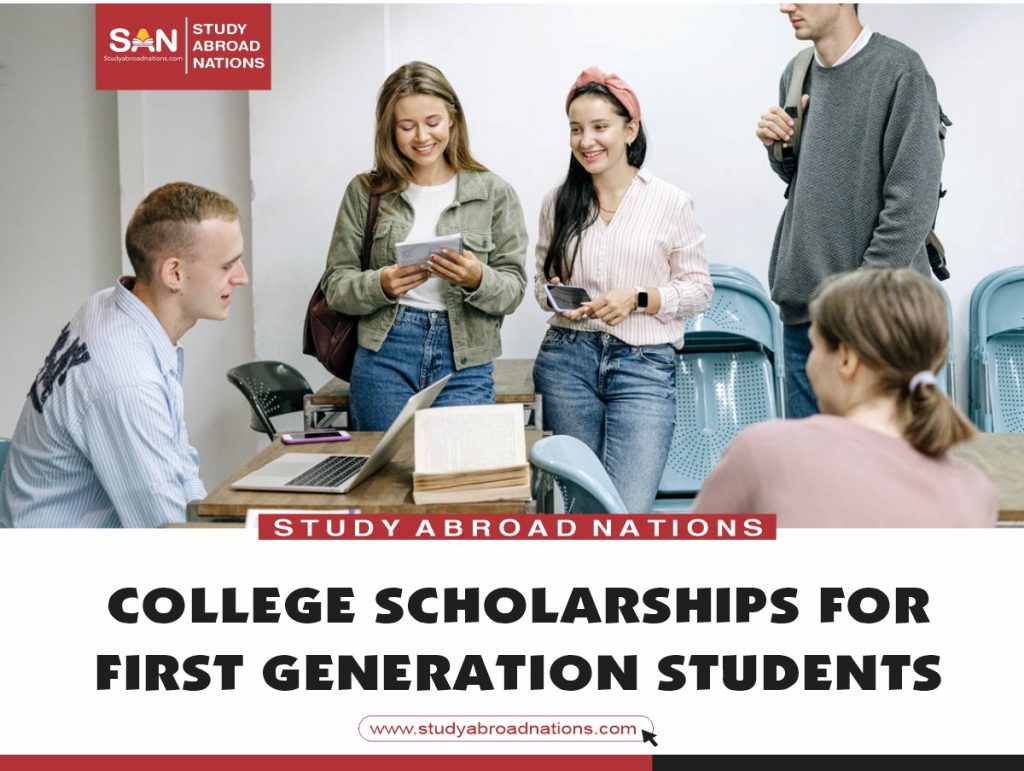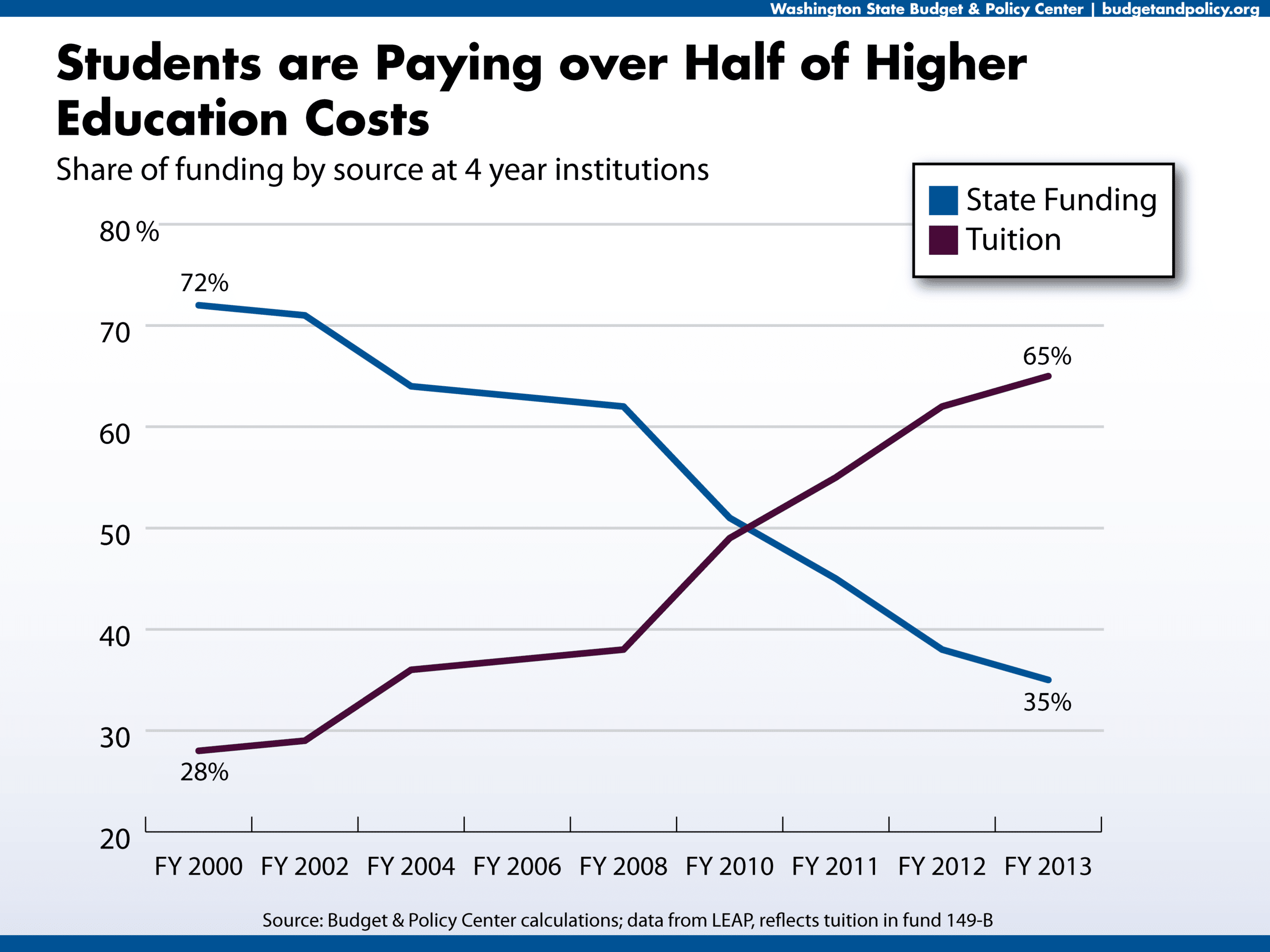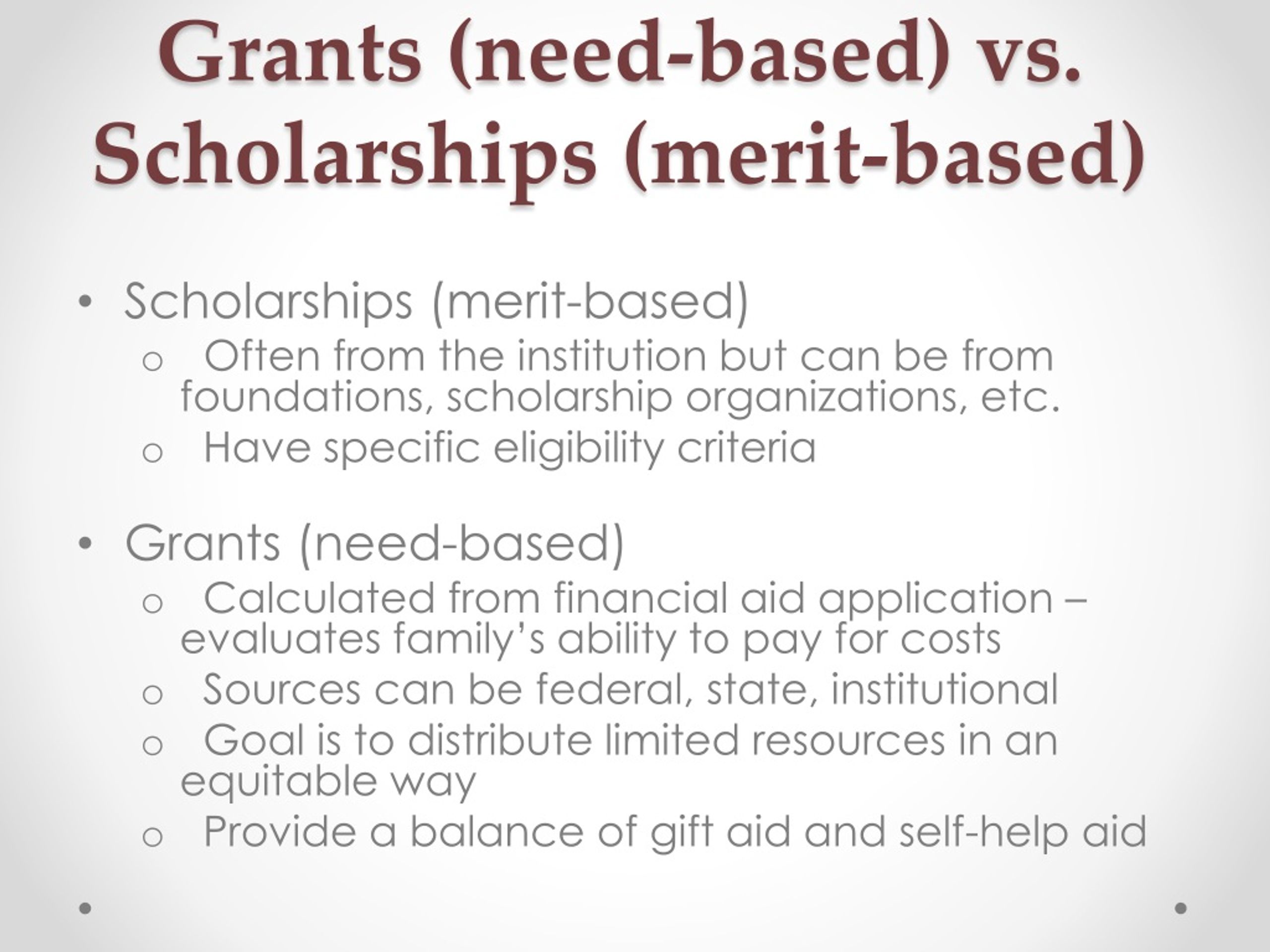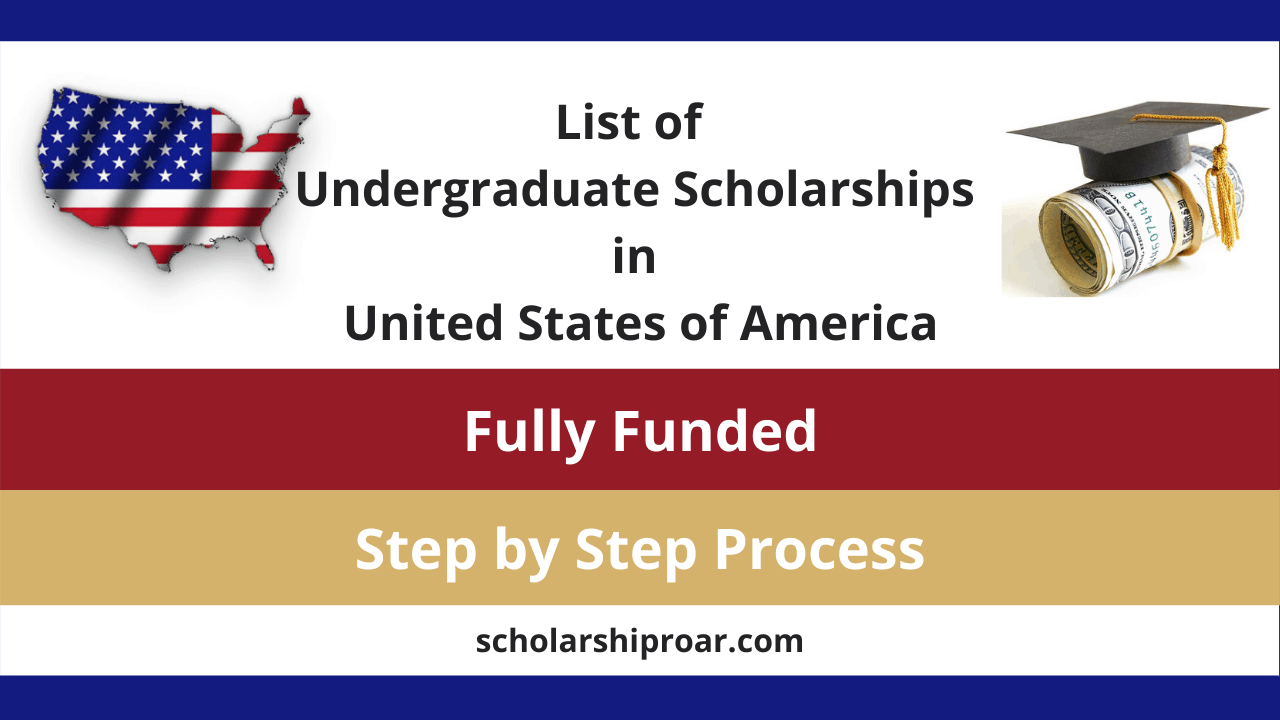Merit-Based Scholarships for College
Merit-based scholarships for college represent a significant opportunity for academically driven and talented students to pursue higher education. These awards, unlike need-based aid, recognize exceptional achievement in academics, athletics, arts, or other specific areas. Securing such scholarships can alleviate the considerable financial burden of college, opening doors to countless opportunities and fostering personal and professional growth. This exploration delves into the various types of merit-based scholarships, the application process, funding sources, and strategies for increasing access to these invaluable resources.
The landscape of merit-based scholarships is diverse, encompassing awards from universities, private foundations, corporations, and even niche organizations recognizing specialized skills. Understanding the eligibility criteria, application procedures, and funding mechanisms is crucial for successful application. This guide aims to equip prospective students with the knowledge and tools necessary to navigate this competitive yet rewarding process, ultimately helping them achieve their educational aspirations.
Types of Merit-Based Scholarships
Merit-based scholarships reward students for their exceptional achievements and potential. Unlike need-based scholarships, these awards aren’t based on financial circumstances. They recognize and support students who demonstrate excellence in various fields, fostering academic and personal growth. Understanding the different types of merit scholarships available is crucial for maximizing your chances of securing funding for college.
Categorization of Merit-Based Scholarships
The following table provides a snapshot of several merit-based scholarships. Note that eligibility criteria, award amounts, and deadlines vary significantly depending on the institution, organization, and specific scholarship. Always check the official scholarship website for the most up-to-date information.
| Scholarship Name | Eligibility Criteria | Award Amount | Application Deadline |
|---|---|---|---|
| National Merit Scholarship | High PSAT/NMSQT scores, strong academic record | Varies, can be full tuition | Typically in the fall of junior year of high school |
| Coca-Cola Scholars Program | Academic excellence, leadership, and commitment to community service | $20,000 | Typically in the fall of junior year of high school |
| Bill & Melinda Gates Millennium Scholars Program | High school graduation, outstanding leadership potential, financial need (although primarily merit-based) | Covers tuition, fees, room and board, and books | Varies |
| University-Specific Merit Scholarships | High GPA, strong test scores, extracurricular activities | Varies widely depending on the university | Varies widely depending on the university |
| Athletic Scholarships (NCAA) | Exceptional athletic ability in a specific sport, meeting NCAA eligibility requirements | Varies depending on the sport and university | Varies depending on the sport and university |
Distinction Between Academic, Athletic, and Artistic Merit Scholarships
Understanding the key differences between these three main categories of merit scholarships is important for tailoring your application strategy.
The following points highlight the distinctions in requirements and application processes:
- Academic Merit Scholarships: Primarily assess academic performance through GPA, standardized test scores (SAT/ACT), class rank, and sometimes course rigor. The application process usually involves submitting transcripts, test scores, and possibly essays highlighting academic achievements and future goals.
- Athletic Merit Scholarships: Focus on athletic prowess in a specific sport. Requirements include demonstrated skill level through participation in high school or club sports, athletic accolades, and often, coach recommendations. The application process often involves submitting athletic resumes, video footage of performances, and participation in tryouts or evaluations.
- Artistic Merit Scholarships: Evaluate talent and skill in the arts, including music, visual arts, theatre, and dance. Requirements may include portfolios showcasing work, auditions, performances, or letters of recommendation from art instructors or mentors. The application process varies widely depending on the specific art form.
Examples of Niche Merit-Based Scholarships
Many scholarships target specific skills or talents beyond the traditional academic, athletic, and artistic realms.
Here are a few examples:
- Coding Scholarships: These scholarships often require demonstrating proficiency in programming languages through projects, competitions (like hackathons), or coding challenges. Applicants might submit code samples, project portfolios, or participate in online assessments.
- Debate Scholarships: These scholarships reward students with strong debate skills, often requiring evidence of participation in high school or college debate teams, awards won, and possibly video recordings of debates.
- Music Scholarships (Beyond Artistic): While some music scholarships fall under the artistic category, others might focus on specific musical skills like composition or music technology. These may require submission of musical compositions, digital audio workstations (DAW) projects, or evidence of specialized training.
Eligibility Requirements and Application Process
Securing a merit-based scholarship often hinges on a combination of academic achievement, extracurricular involvement, and compelling personal narratives. Understanding the specific requirements and navigating the application process effectively are crucial for success. This section details the typical expectations and provides a step-by-step guide to enhance your chances of securing funding.
Merit-based scholarships typically assess applicants based on a variety of factors, each carrying different weight depending on the specific scholarship. A strong application demonstrates excellence across multiple areas, showcasing a well-rounded profile.
Typical Eligibility Requirements
Merit-based scholarships usually require a minimum GPA, often ranging from 3.0 to 3.7 or higher, depending on the competitiveness of the award. Standardized test scores, such as SAT or ACT results, are frequently requested, with minimum scores varying significantly. Extracurricular activities demonstrate well-roundedness and commitment beyond academics. Strong leadership roles, significant contributions to community service, and involvement in arts or athletics all add value to an application. Finally, a well-written essay showcasing personal qualities, academic goals, and alignment with the scholarship’s mission is often a pivotal component. Many scholarships also specify citizenship requirements, limiting eligibility to residents of a particular state or country.
Application Process Steps
Applying for merit-based scholarships is a multi-step process requiring careful planning and execution. Following a structured approach increases the likelihood of a successful outcome.
- Research and Identify Scholarships: Begin by thoroughly researching scholarships aligning with your academic profile, interests, and goals. Utilize online databases, college websites, and scholarship search engines to identify potential opportunities.
- Check Eligibility Criteria: Carefully review each scholarship’s eligibility requirements, ensuring you meet all the specified criteria before investing time in the application.
- Prepare Required Documents: Gather all necessary documents, including transcripts, test scores, letters of recommendation, and essays. Maintain organized files to streamline the application process.
- Complete the Application Form: Fill out the application form meticulously, paying close attention to detail and deadlines. Proofread carefully to avoid errors.
- Craft a Compelling Essay: Develop a well-written essay that showcases your personality, achievements, and goals, aligning them with the scholarship’s values and mission.
- Request Letters of Recommendation: Provide recommenders with ample time to submit strong and insightful letters of support. Offer them all necessary information and deadlines.
- Submit the Application: Submit your completed application well before the deadline, allowing for potential technical issues or unforeseen delays.
- Follow Up (If Necessary): After submitting, follow up with the scholarship provider if there are any updates or changes.
Comparison of Application Processes
The application processes for different merit-based scholarships vary significantly in their complexity and requirements.
| Application Type | Key Differences |
|---|---|
| Institutional Scholarships (Offered by Colleges) | Often integrated into the college application process; may require a separate essay or supplemental application; deadlines usually align with college application deadlines. |
| External Scholarships (Offered by Organizations) | Typically involve separate applications; may require additional essays, letters of recommendation, or specific forms; deadlines vary widely. |
| National Scholarships (Large-Scale Competitions) | Highly competitive; involve rigorous application processes, often including multiple essays, interviews, and portfolio submissions; often have earlier deadlines. |
Funding Sources for Merit-Based Scholarships
Merit-based scholarships are funded through a variety of sources, each with its own approach and criteria. Understanding these sources is crucial for students seeking financial aid for their higher education. These sources contribute significantly to making college more accessible for high-achieving students, reducing the financial burden and allowing them to focus on their studies.
The funding mechanisms behind merit-based scholarships are diverse, ranging from endowments and investment returns to annual fundraising campaigns and corporate sponsorships. The specific funding model employed depends largely on the awarding institution or organization. Some rely on consistent streams of income from investments, while others depend on the success of annual fundraising drives or corporate partnerships. This diversity ensures a wide range of opportunities for students.
Types of Organizations Offering Merit-Based Scholarships
Several organizations and institutions contribute to the pool of merit-based scholarships. These include established educational institutions, private foundations dedicated to promoting education, and corporations seeking to invest in future talent. Each offers scholarships with varying eligibility criteria and award amounts.
Funding Mechanisms for Merit-Based Scholarships
The funding for merit-based scholarships comes from various sources and utilizes different mechanisms. These mechanisms ensure the sustainability and growth of scholarship programs. Some organizations use endowment funds, which are invested and generate income to support scholarships perpetually. Others rely on annual fundraising events, corporate donations, or alumni contributions to maintain their scholarship programs. The specific mechanism employed impacts the long-term stability and the amount of funding available each year.
Examples of Funding Sources and Scholarship Offerings
The following table illustrates the diverse funding sources and their typical scholarship offerings. Note that the amounts awarded vary significantly depending on the specific scholarship and the organization offering it.
| Funding Source | Typical Scholarship Offering | Example |
|---|---|---|
| Colleges and Universities | Variable, often covering tuition, fees, or a portion thereof. May also include stipends for living expenses. | Many large universities offer substantial merit scholarships as part of their financial aid packages. For example, a university might offer a $20,000 annual scholarship to high-achieving incoming freshmen. |
| Private Foundations | Varies widely depending on the foundation’s mission and funding. Can range from smaller awards to substantial sums covering full tuition and living expenses. | The Gates Millennium Scholars Program, for instance, provides scholarships to outstanding minority students to pursue undergraduate and graduate studies. These scholarships often cover the full cost of attendance. |
| Corporations | Often tied to specific fields of study or company interests. May include internships or job opportunities after graduation. | Many technology companies, such as Google or Microsoft, offer scholarships to students pursuing STEM degrees. These scholarships may also include summer internships at the company. |
| Government Agencies (e.g., State-level) | May offer scholarships based on academic merit and residency requirements. Often focus on specific fields or demographics. | Several states offer merit-based scholarships to in-state residents with exceptional academic records, often prioritizing students pursuing specific fields critical to the state’s economy. |
Impact of Merit-Based Scholarships on College Access and Success
Merit-based scholarships play a crucial role in expanding access to higher education and fostering student success. By recognizing academic achievement and potential, these scholarships alleviate the financial burden associated with college, enabling students from diverse backgrounds to pursue their educational goals. This, in turn, leads to a more diverse and academically robust higher education system.
Merit-based scholarships significantly improve college access and enhance student success by directly addressing financial constraints and providing vital support. This support extends beyond mere tuition coverage; it often encompasses resources that contribute to a student’s overall well-being and academic progress, ultimately increasing their likelihood of graduation.
Merit Scholarships and Increased College Access
The high cost of tuition, fees, and living expenses often presents a formidable barrier to higher education, particularly for students from low-income families. Merit-based scholarships directly counteract this barrier by providing financial assistance, allowing students who might otherwise be excluded to enroll in college. This increased access leads to a more diverse student body, enriching the learning environment and fostering a broader range of perspectives. For example, a study by the National Center for Education Statistics (NCES) consistently demonstrates a correlation between financial aid and increased enrollment among underrepresented minority groups.
Merit Scholarships and Enhanced Student Success
Beyond simply enabling college access, merit-based scholarships contribute significantly to student success. The reduced financial stress associated with receiving such awards allows students to focus more intently on their studies. They are less likely to need to work excessive hours to support themselves, reducing the potential for academic burnout and allowing for greater participation in extracurricular activities and campus life which can positively impact academic performance and overall college experience. Furthermore, many merit scholarships include mentorship programs or other support services that further enhance student success. Studies have shown a positive correlation between receiving merit-based aid and higher GPAs and graduation rates.
Illustrative Example: The Journey of Anya Sharma
Anya Sharma, a bright and determined high school student from a low-income family, consistently excelled academically. However, the prospect of attending her dream university seemed insurmountable due to its high tuition costs. Her family’s limited financial resources made college attendance appear impossible. Then, Anya received a substantial merit-based scholarship recognizing her exceptional academic achievements and leadership qualities. This scholarship covered a significant portion of her tuition and fees, alleviating the financial pressure and allowing her to focus on her studies. The reduced stress allowed Anya to thrive academically. She actively participated in campus clubs, engaged with professors, and maintained a high GPA. With the ongoing support of her scholarship, Anya graduated with honors and secured a rewarding career. Her journey exemplifies how merit-based scholarships can transform a student’s life and contribute to their success.
Strategies for Increasing Access to Merit-Based Scholarships
Increasing access to merit-based scholarships for all students, particularly those from underrepresented groups, requires a multifaceted approach. This involves not only designing targeted strategies but also actively promoting awareness and providing readily accessible resources. The goal is to create a more equitable system where financial constraints don’t hinder academic potential.
Strategies to Improve Access for Underrepresented Groups
Targeted outreach programs are crucial for reaching students from underrepresented backgrounds who may lack awareness of or access to merit-based scholarships. These programs should actively engage with communities and schools that serve these populations, offering workshops, presentations, and individual guidance on the application process. Furthermore, scholarship criteria should be carefully reviewed to eliminate biases that may unintentionally exclude qualified candidates from these groups. For example, requiring specific extracurricular activities or standardized test scores might disproportionately affect students from low-income backgrounds or those who attend under-resourced schools. Revising criteria to emphasize a broader range of achievements and experiences can foster inclusivity.
Methods for Promoting Awareness of Merit-Based Scholarship Opportunities
Effective communication is key to ensuring students are aware of available scholarship opportunities. This involves leveraging multiple channels, including school counselors, community organizations, and social media platforms. Collaborations with educational institutions and community leaders can establish trusted sources of information. Regularly updated online databases and scholarship search engines, easily accessible to students, are also essential. Targeted email campaigns and text message alerts can also effectively reach potential applicants. Moreover, creating informative videos and webinars that demystify the application process and address common concerns can significantly boost engagement.
Resources for Finding and Applying for Merit-Based Scholarships
Numerous resources exist to assist students in their search for and application to merit-based scholarships. A comprehensive list should include:
- Online Scholarship Search Engines: Websites like Fastweb, Scholarships.com, and Peterson’s offer extensive databases of scholarships, allowing students to filter by criteria such as major, ethnicity, and GPA.
- College Financial Aid Offices: College financial aid offices are invaluable resources, providing information on institution-specific scholarships and assisting students with the application process.
- Guidance Counselors: High school and college guidance counselors often possess extensive knowledge of local and national scholarship opportunities, offering personalized guidance to students.
- Community Organizations: Many community organizations, including non-profits and professional associations, offer scholarships to students who meet specific criteria, such as geographic location or career interests.
- Government Websites: Government websites, such as the Federal Student Aid website, provide information on federal grant and scholarship programs.
Utilizing these resources strategically can significantly increase a student’s chances of securing merit-based funding.
Outcome Summary
In conclusion, securing a merit-based scholarship can be a transformative experience, providing financial relief and opening pathways to higher education for deserving students. By understanding the different types of scholarships, mastering the application process, and proactively seeking opportunities, students can significantly increase their chances of receiving this vital funding. The positive impact extends beyond financial assistance; it fosters academic excellence, personal growth, and contributes to a more diverse and successful higher education landscape. The journey may be challenging, but the rewards are immeasurable.


